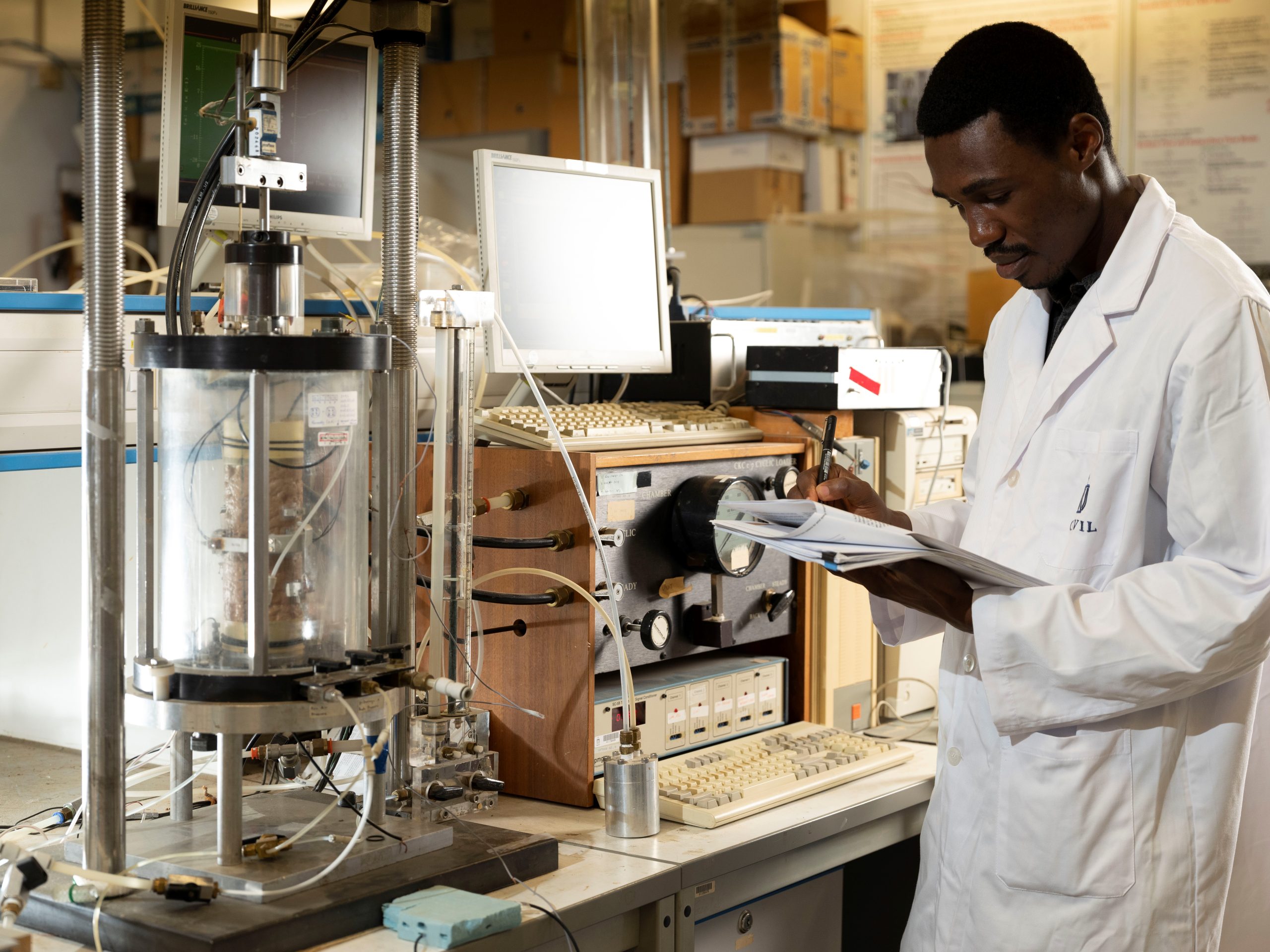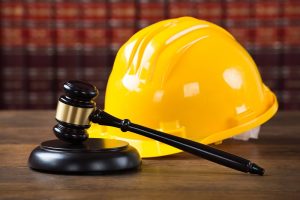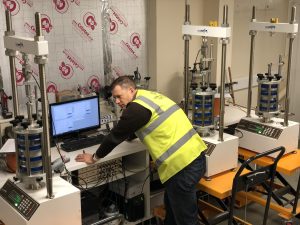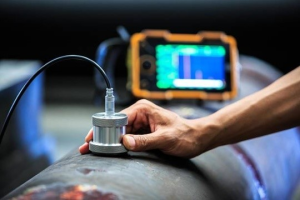Behind every solid building is a story that begins underground. Long before any walls go up or concrete is poured, engineers are busy figuring out what lies beneath the surface. And they do that through geotechnical laboratory testing.
It’s the difference between a structure that holds strong for generations and one that cracks under pressure. When it comes to construction material quality, lab testing provides the evidence needed to make smarter, safer decisions.
What Exactly Is Geotechnical Laboratory Testing?
At its core, geotechnical laboratory testing is the science of understanding how soils, rocks, and related materials will behave in the real world. Engineers collect samples from a site and test them in a lab to figure out how they respond to different forces, like moisture, pressure, and weight.
Some common tests include:
- Grain size analysis – to classify soil and determine load-bearing potential
- Atterberg limits – to assess how soil changes between liquid, plastic, and solid states
- Compaction tests – to find the ideal moisture and density mix
- Shear strength testing – to check slope stability and foundation support
- Permeability tests – to predict how water will flow through the soil
- Unconfined compression tests – to measure strength without external pressure
Each test gives a piece of the bigger picture, will this ground, and the materials we build with, hold up under pressure?
Why It Matters for Construction Material Quality
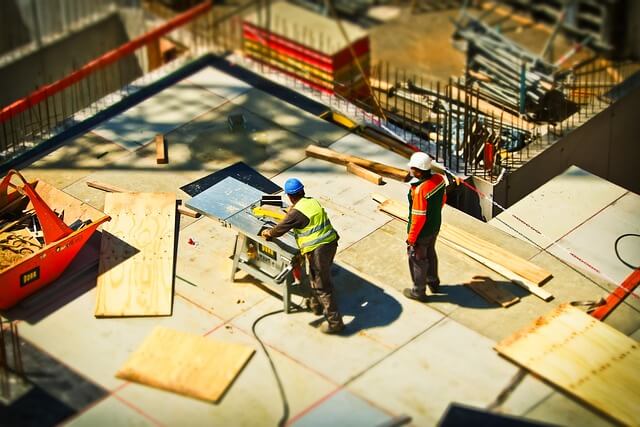
1. You Can’t Improve What You Don’t Measure
Without lab testing, construction decisions rely on guesswork. And when you’re spending millions (or even billions) on infrastructure, guessing isn’t good enough.
Testing helps identify weak spots before they become costly failures. For example, if the soil is too plastic, it could expand and contract with moisture, putting stress on the foundation. Or, if it’s too loose, it might not support the load of a building. Lab tests catch these red flags early, before construction begins.
2. Stronger Data Leads to Safer Designs
By understanding how materials behave under different conditions, engineers can fine-tune their designs. For exxample, a site needs deeper foundations, or drainage needs to be reworked, or soil stabilization techniques need to be applied.
3. Fewer Surprises During Construction
Unexpected soil behavior during construction can cause delays, change orders, and safety risks. If you know the limits of your construction materials in advance, you can plan around them.
The Role of Geotechnical Lab Testing in Safety
When a structure fails, headlines focus on what was visible, the cracks, the collapse, the casualties. But often, the real cause lies underground.
Take slope failures or foundation subsidence. In many cases, they’re not due to faulty building materials, but to poor soil conditions that weren’t properly tested or addressed..
Testing doesn’t just protect structures, it protects the people who use them. It tells you when and where to reinforce, when to rethink, and when to walk away from a risky site altogether.
The quality of construction materials directly impacts environmental and financial sustainability.
When testing is ignored, overdesign is often the fallback, adding unnecessary materials, overcompensating with costly foundations, or making assumptions that lead to rework. This inflates budgets and wastes time.
On the flip side, accurate testing leads to optimized use of materials and smarter engineering. That means lower carbon footprints, longer-lasting structures, and more efficient construction overall.
Building Code Compliance
Most building regulations today require evidence-based decision-making. Having a clear geotechnical report backed by lab data is non-negotiable when you’re applying for permits, pursuing funding, or bidding for government contracts
For projects in cities, like Lagos, Nairobi, or Accra, this kind of documentation isn’t just best practice. It’s the key to scaling infrastructure without scaling risk.
At AOA Geo-Net, we help developers and engineers take the guesswork out of construction. Our lab doesn’t just test soil and materials, it helps shape smarter designs. From initial investigations to advanced geotechnical analysis, we offer reliable, timely results that enhance construction material quality and improve site safety.
We believe the right data, at the right time, can save more than just money, it can save lives. That’s why we’re committed to partnering with you from the ground up.
Contact us today to get started.

